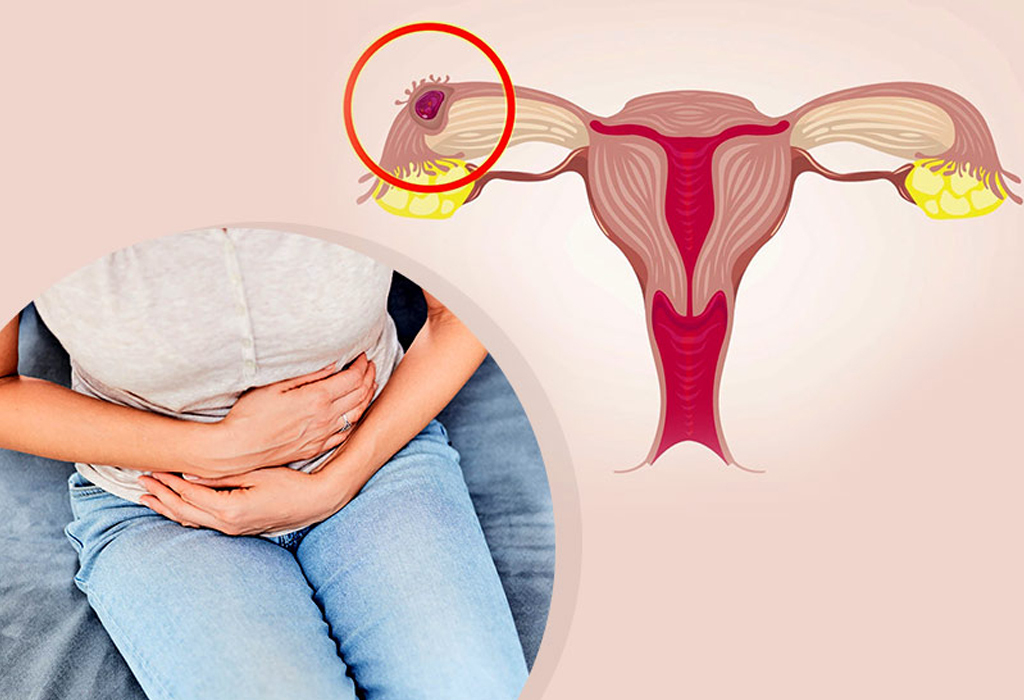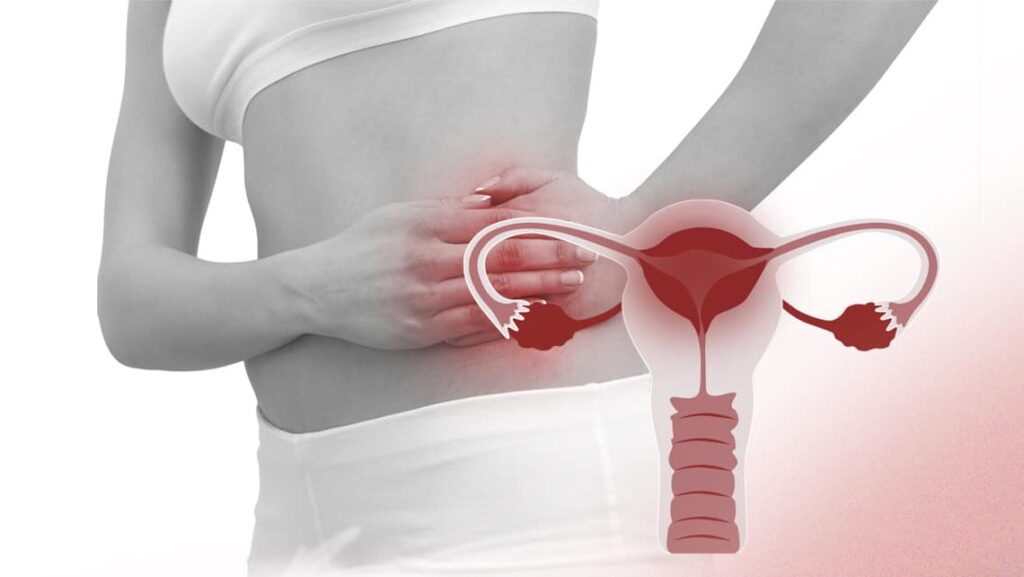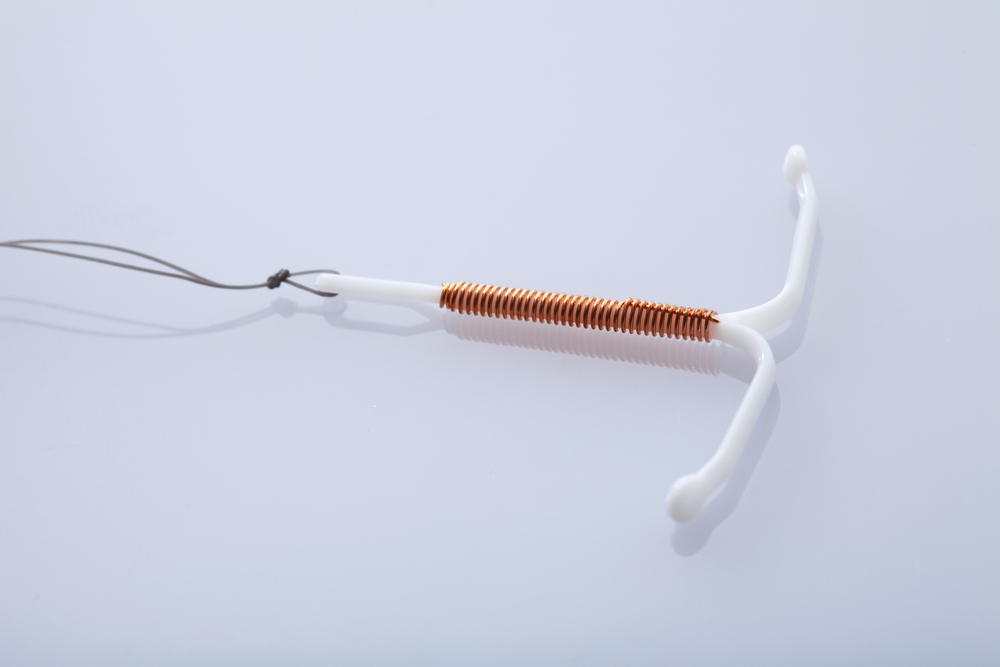Paragard, a copper intrauterine device (IUD), provides women with a non-hormonal option for birth control. While it is widely recognized for its reliability and convenience, like any medical intervention, Paragard is not without its potential side effects.
Though most users experience only minor or manageable effects, you need to be aware of its less common, yet more serious, side effects.
In this exploration, we delve into the rare occurrences that users may encounter during their experience with this form of contraception.
Chances of an Ectopic Pregnancy

Ectopic pregnancy, while rare, is a potentially serious condition that can be associated with the use of Paragard. An ectopic pregnancy occurs when a fertilized egg implants outside the uterus, most commonly in the fallopian tubes.
Verywell Health notes that IUDs like Paragard are highly effective, with a failure rate as low as 0.02%. These IUDs present a small risk of unwanted pregnancy, affecting about 1 out of every 5,000 individuals. In rare cases, an ectopic pregnancy can develop even when an IUD is in place.
Symptoms of an ectopic pregnancy may include abdominal pain and abnormal bleeding. It’s crucial to be vigilant and recognize these signs, as early detection is paramount. If these symptoms arise, immediate medical attention is essential to ensure prompt diagnosis and appropriate intervention.
Possibility of an Infection
While infections associated with Paragard are uncommon, they can arise due to factors such as improper insertion or pre-existing infections.
A Gizmodo report pointed out that instances, where IUD was left in a woman for an extended period, could contribute to severe infections. A case in Japan highlighted how a long-expired IUD led to an infection that caused months of fever and abdominal pain. The IUD was surrounded by bacteria, emphasizing the importance of proper IUD management.
Infections may manifest through symptoms like fever, pelvic pain, and unusual vaginal discharge. Despite their rarity, recognizing these signs is essential to ensure timely intervention.
If any symptoms of infection emerge, reporting them promptly to a healthcare provider is essential for appropriate assessment and management.
Danger of Perforation

Perforation is a serious side effect of Paragard. It occurs when the IUD punctures the wall of the uterus. Perforation can cause pain, bleeding, and infection. In rare cases, perforation can lead to infertility.
If you experience pain, bleeding, or other unusual symptoms after having a Paragard IUD inserted, you need to see your doctor right away. Perforation can be a medical emergency, and it is important to get treatment as soon as possible.
Lately, the copper IUD has become a focal point in a Paragard lawsuit due to complications arising from perforation and other side effects. The lawsuit contends that Teva Pharmaceuticals, the manufacturer of Paragard, is accountable for these issues.
TorHoerman Law notes that the Paragard MDL is growing, with approximately 1,800 Lawsuits awaiting resolution as of April 2024. In the forthcoming bellwether trials set for March 2024, a selection of 10 Paragard cases will be examined. These cases will serve as representatives for the broader spectrum of Paragard IUD defect lawsuits.
If you have suffered a perforated uterus or other serious complications from using Paragard, you may be eligible to file a lawsuit. You should contact a lawyer to discuss your legal options.
Injuries from the Device Fracturing During Removal
Fracturing or splintering of the Paragard IUD can occur during removal for several reasons. The IUD may be difficult to remove if it has been in place for a long time. The IUD may also be difficult to remove if it has become embedded in the wall of the uterus. In some cases, the IUD may fracture or splinter simply because it is old or damaged.
If the Paragard IUD fractures or splinters during removal, it can cause serious injuries. The sharp pieces of metal can puncture the uterus, fallopian tubes, or other organs. This can lead to bleeding, infection, and even infertility. In rare cases, fracturing or splintering of the Paragard IUD can be fatal.
The risk of fracturing or splintering of the Paragard IUD is low. However, it is a serious risk that women should be aware of before choosing this form of birth control.
Risk of Pelvic Inflammatory Disease (PID)

PID, an infection affecting the uterus, fallopian tubes, or ovaries, is a concern associated with the use of intrauterine devices (IUDs).
According to Pulse, IUD insertion can elevate the risk of PID by potentially introducing bacteria responsible for the infection. This risk is particularly pronounced within the first 20 days following IUD insertion. It is especially greater for individuals with multiple sexual partners.
Understanding this risk is crucial for those considering or using IUDs. Vigilance during the initial post-insertion period is recommended, especially for those engaging in higher-risk sexual behavior.
Chances of Migration
Migration is another serious side effect of Paragard. It occurs when the IUD moves out of its intended position in the uterus. Migration can cause pain, bleeding, and infection. In rare cases, migration can lead to infertility.
The risk of migration with Paragard is higher in women who have never been pregnant or have had a recent miscarriage or abortion. Women who have a history of pelvic infections are also at risk.
If you experience pain, bleeding, or other unusual symptoms after having a Paragard IUD inserted, you need to see your doctor right away. Migration can be a medical emergency, and it is important to get treatment as soon as possible.
Conclusion

In the realm of birth control options, Paragard stands as a reliable choice, offering effective contraception without hormones. As users consider this intrauterine device (IUD) for their reproductive needs, an informed perspective is essential.
This exploration of Paragard’s uncommon side effects sheds light on the rare yet significant aspects that users should be aware of.
A comprehensive understanding of Paragard’s potential uncommon side effects forms a crucial foundation for responsible usage. Armed with this knowledge, individuals can confidently make decisions about their reproductive health that align with their unique needs.











